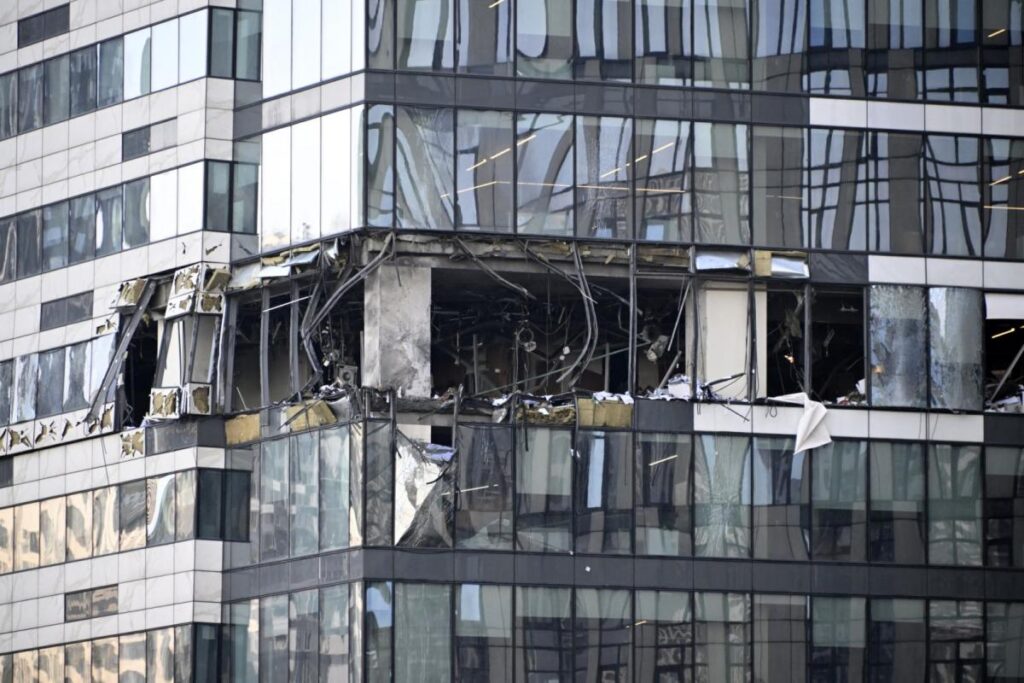In October 2024, misinformation circulated widely on social media, purporting to show a missile strike in Israel following an Iranian attack. The video, which amassed over a million views, was identified as footage from a Ukrainian drone strike on Moscow in July 2023. The misleading posts falsely claimed that the explosions depicted occurred in Tel Aviv on October 1, 2024, a day marked by a barrage of Iranian missiles targeting Israel. Despite Israel reporting successful interception of most of those missiles, some managed to hit air force bases without causing significant damage or casualties. This incident came amid heightened tensions between Israel and Iran, particularly following an October 2023 attack by Hamas that led to over a thousand casualties, predominantly civilians.
The context of the October 2024 Iranian missile barrage is crucial to understanding the heightened hostilities in the region. Iran, a staunch supporter of Hamas, expressed enthusiasm for the group’s previous military actions against Israel. The retaliatory measures taken by Israel in response to the Gaza conflict escalated the situation, resulting in significant loss of life in the Palestinian territories. The United Nations recognized the casualty figures as reliable, with Gaza’s health ministry reporting over 41,000 deaths predominantly among civilians. The escalation of conflict extended beyond Gaza, as Israel targeted Iranian allies in Lebanon and Syria, leading to fears of a broader regional war.
Misinterpretations and misrepresentations of video footage are common in social media narratives, especially concerning geopolitical conflicts. In this instance, many social media users mistakenly believed the drone strike footage was related to the recent Iranian attacks on Israel. Comments on the posts expressed joy and satisfaction over the purported destruction of Israeli infrastructure, revealing a dangerous trend towards misinformation during times of conflict, where visuals can mislead the public sentiment and incite baseless optimism regarding violence against enemies.
The true video, originally aired by reputable news outlets such as NBC and CNN, captured an earlier incident involving Ukrainian drone strikes on Russian territory. Witness accounts described the drone hitting a building in Moscow, part of an ongoing conflict between Ukraine and Russia that brought hostilities into the Russian capital. Reports from that time also described damage to office buildings and disruption at an international airport, further solidifying the authenticity of the footage as pertaining to a Ukrainian assault rather than an Iranian missile strike on Israel.
Through investigative efforts using tools like reverse image searches and mapping services, corroboration of the video’s true origins was achievable. The footage was traced back to specific locations within Moscow’s business district, lending additional credence to its context as a Ukrainian attack from July 2023. Such verification processes highlight the importance of diligent fact-checking in mitigating the spread of misinformation, especially when real-world conflicts are involved, as many individuals can easily misinterpret or repurpose videos without proper verification.
This incident underscores the broader issues surrounding the propagation of misinformation in crisis situations. Agencies such as Fact-Check teams and major news organizations play a critical role in debunking incorrect narratives and providing accurate information to the public. As conflicts persist and intensify globally, the need for responsible sharing and consumption of media becomes even more paramount, especially in the digital age, where one misleading post can spark undue reactions and contribute to escalated tensions and misunderstandings regarding complex geopolitical issues.

